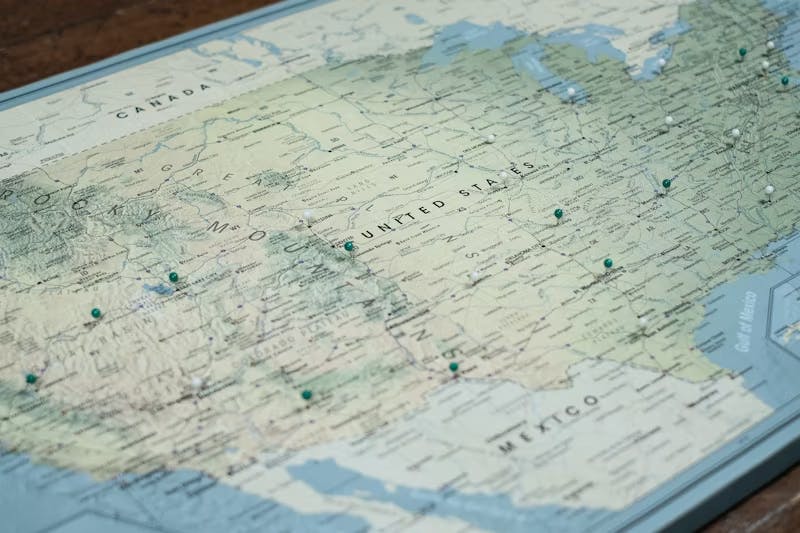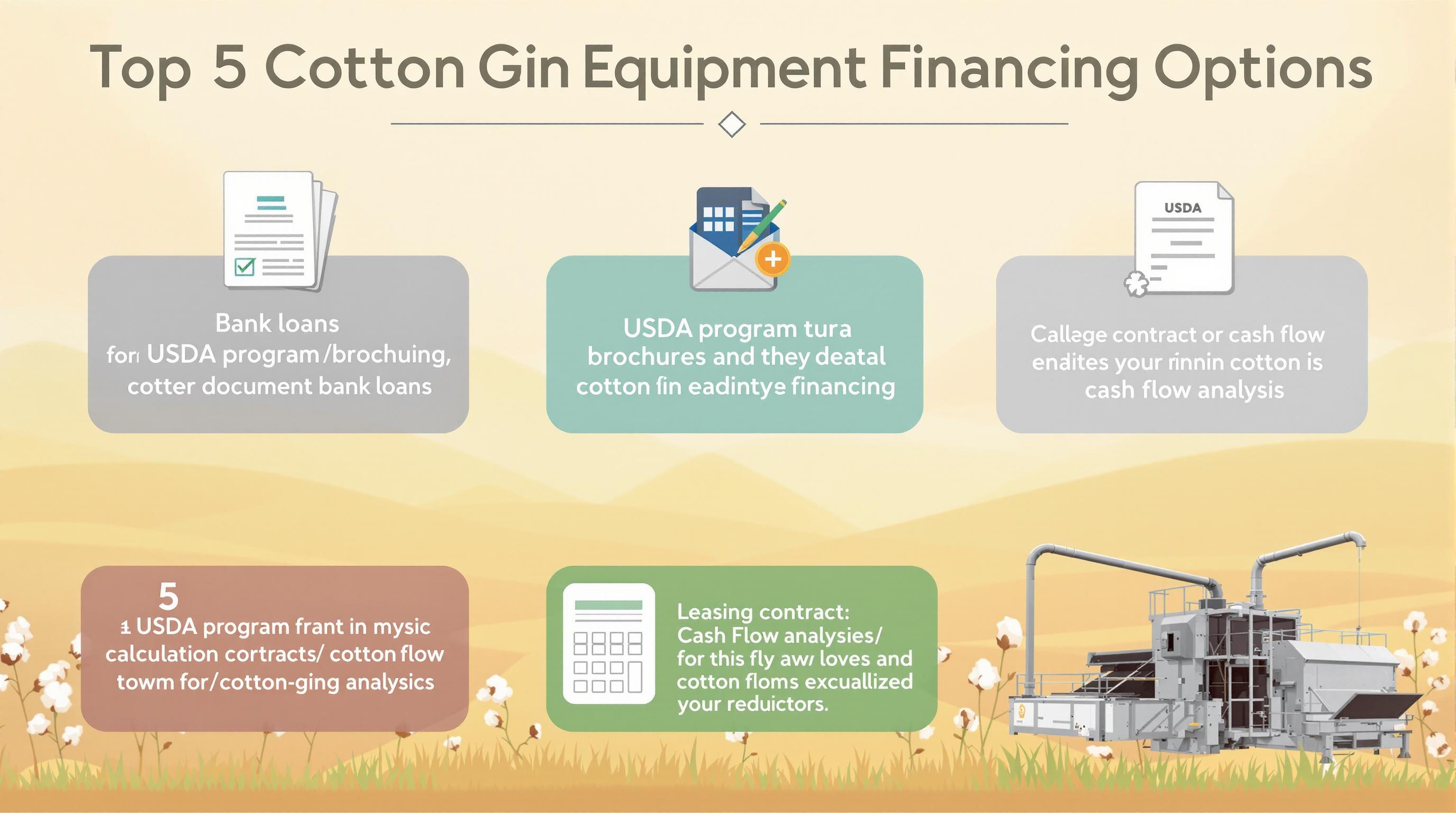Cotton has played a pivotal role in Oklahoma's agricultural history, shaping the state's economy, culture, and landscape since its early introduction in the 19th century. From its beginnings among Native American tribes in Indian Territory to its peak as a leading cash crop in the early 20th century, cotton farming in Oklahoma has endured challenges like economic downturns, environmental hardships, and technological shifts. By statehood in 1907, Oklahoma was already a major producer, ranking among the top cotton states. Today, with modern innovations like irrigation and mechanization, cotton remains a vital industry, contributing over $284 million to the economy in 2021. This post explores the rich history of cotton in Oklahoma, highlighting its evolution and enduring legacy.
Cotton's Early Years in Oklahoma
Cotton's roots in Oklahoma trace back to the Indian Territory era, long before statehood.
First Cotton Farms
Cotton cultivation began in 1825 with the Choctaw Nation, one of the Five Civilized Tribes relocated to the region during the 1830s and 1840s. These tribes, including the Choctaw, Cherokee, Chickasaw, Creek, and Seminole, brought knowledge of cotton farming from their southeastern homelands. By 1840, cotton production was established along the Red and Arkansas rivers, with some Native Americans operating plantations that relied on enslaved labor. For instance, prominent Native American planters grew cotton on a commercial scale, integrating it into the local economy. Early farms focused on both subsistence and trade, with cotton serving as a key commodity in areas like Muskogee.
Rise as a Major Crop
The invention of Eli Whitney's cotton gin in 1793 had a profound impact nationwide, but its effects reached Oklahoma through increased demand for cotton. In Indian Territory, cotton expanded as a cash crop, though production was disrupted by the Civil War. Post-war recovery saw renewed interest, and by the late 1800s, settlers arriving during land runs boosted acreage. The fertile soils in southern and northeastern regions proved ideal, setting the stage for rapid growth. The founding of the Oklahoma Cotton Grower newspaper in 1905 by local farmers underscored the crop's rising importance, providing resources and advocacy for the industry.
Pre-Civil War Cotton Industry
Before Oklahoma's statehood, cotton was intertwined with the social and economic fabric of Indian Territory.
Plantation Growth
By the mid-19th century, cotton plantations dotted the landscape, particularly in river valleys. The Five Tribes' familiarity with cotton led to significant production, with exports via rivers to markets in the South. Areas like the Black Belt-inspired fertile lands supported yields, and by 1860, cotton was a cornerstone of the territory's agriculture. The influx of settlers after the 1889 Land Run accelerated expansion, transforming prairies into fields.
Slavery in Cotton Production
Much like in the southern states, cotton farming in Indian Territory relied heavily on enslaved labor. Some tribes owned slaves who worked the plantations, contributing to the "cotton empire" that displaced Native populations while exploiting others. This system mirrored the broader U.S. cotton economy, where labor-intensive harvesting drove demand for workers. The Civil War brought devastation, halting production and leading to emancipation, which reshaped labor dynamics in the post-war era.
Civil War and Recovery
The Civil War marked a turning point for Oklahoma's nascent cotton industry.
Civil War Effects
Conflict in Indian Territory disrupted cotton farming, with many plantations abandoned or destroyed. Most Native Americans sided with the Confederacy, but the war's chaos led to a sharp decline in output. Infrastructure for ginning and transport suffered, leaving the industry in ruins by 1865.
Post-War Labor Changes
Recovery was slow, shifting from slavery to sharecropping and tenancy. By the 1890s, cotton rebounded as settlers claimed land. Tenancy rates soared, with 54% of Oklahoma farmers as tenants by 1910, especially among cotton growers, including African American sharecroppers. This system trapped many in debt, but federal policies like the Agricultural Adjustment Administration (AAA) in 1933 offered relief by paying farmers to reduce acreage, stabilizing prices during the Great Depression.
1900s Industry Changes
The 20th century brought boom, bust, and innovation to Oklahoma's cotton sector.
Cotton production surged after statehood, with 864,000 bales in 1907 across 74 of 77 counties. By 1910, Oklahoma ranked sixth nationally, producing 923,000 bales on 2.3 million acres, valued at $61.8 million—surpassing other crops. Peak output hit 1.69 million bales in 1925 on 5.2 million acres.
However, challenges mounted. Prices plummeted from 35 cents per pound in 1919 to 12 cents in 1920, and to 5 cents in 1931 amid the Depression. The Dust Bowl droughts of the 1930s ravaged western fields, leading to out-migration. The boll weevil pest, though less emphasized in records, added pressure. Child labor was common, with families picking cotton by hand.
Innovation revived the industry. The 1970s introduced center-pivot irrigation, boosting yields to 1,260 pounds per acre by 2009 (45% irrigated). Mechanization replaced manual labor with pickers and strippers, concentrating production in southwestern counties like Tillman and Jackson.
Cotton Farming in Oklahoma Today
Modern cotton farming in Oklahoma blends tradition with technology.
Modern Farming Methods
Advancements include seed technologies, drones for monitoring, and efficient ginning. The Oklahoma Cotton Council advocates for infrastructure like the proposed Altus Economic Loop railroad for transport. Sustainable practices address water limits and pests, ensuring resilience.
Oklahoma's Place in the U.S. Cotton Market
In 2017, production reached 1.02 million bales on 555,000 acres. By 2021, cotton ranked as the third most valuable crop, generating over $284 million and supporting 2,580 direct jobs. With economic multipliers, it adds $237 per bale to related industries like transportation and chemicals, bolstering rural economies.
Conclusion: Oklahoma's Cotton History and Future
Oklahoma's cotton journey—from Native American plantations in 1825 to a high-tech industry today—reflects adaptability and perseverance. Key milestones include pre-statehood growth, post-war recovery, Depression-era struggles, and modern efficiencies. Despite challenges like price volatility and environmental issues, cotton's legacy endures.
Looking ahead, precision agriculture and sustainable methods promise continued vitality. As Bob Hutmacher noted in similar contexts, water management will be crucial. With strong production in the southwest, Oklahoma cotton is poised for a sustainable future, honoring its historical roots while embracing innovation.
FAQs
When did cotton farming start in Oklahoma?
Cotton cultivation began in 1825 by the Choctaw Nation in Indian Territory, expanding with the Five Civilized Tribes.
What was Oklahoma's peak cotton production?
In 1925, Oklahoma produced 1.69 million bales on 5.2 million acres, though prices soon dropped due to oversupply.


